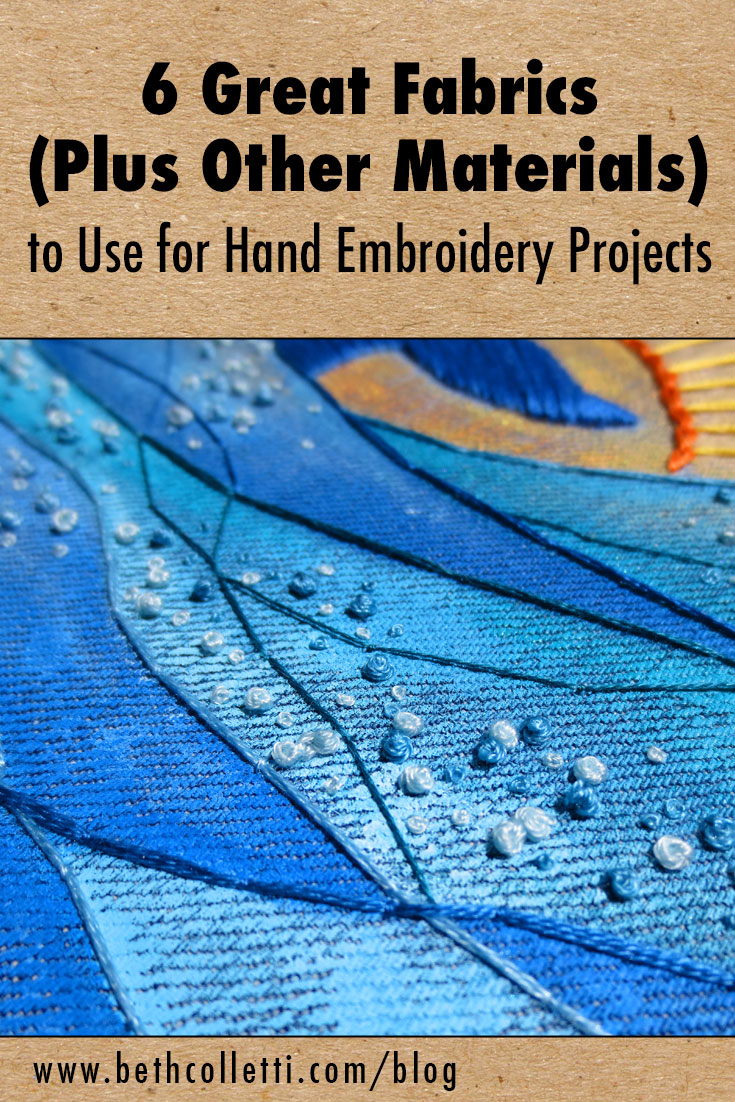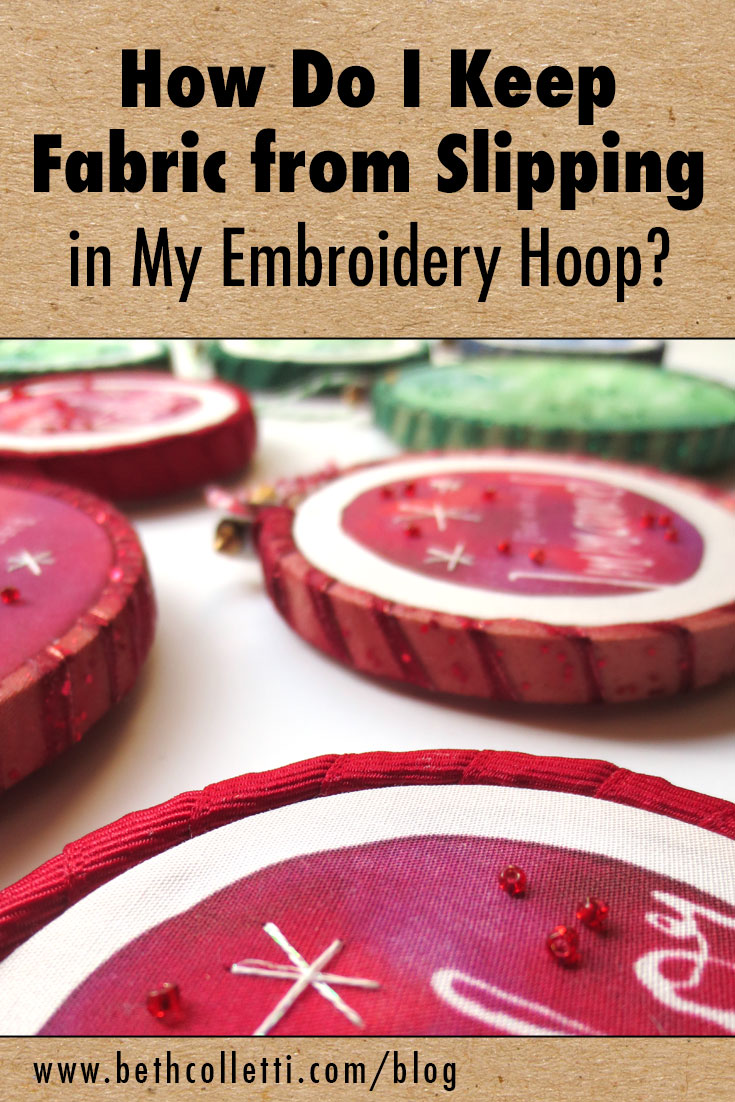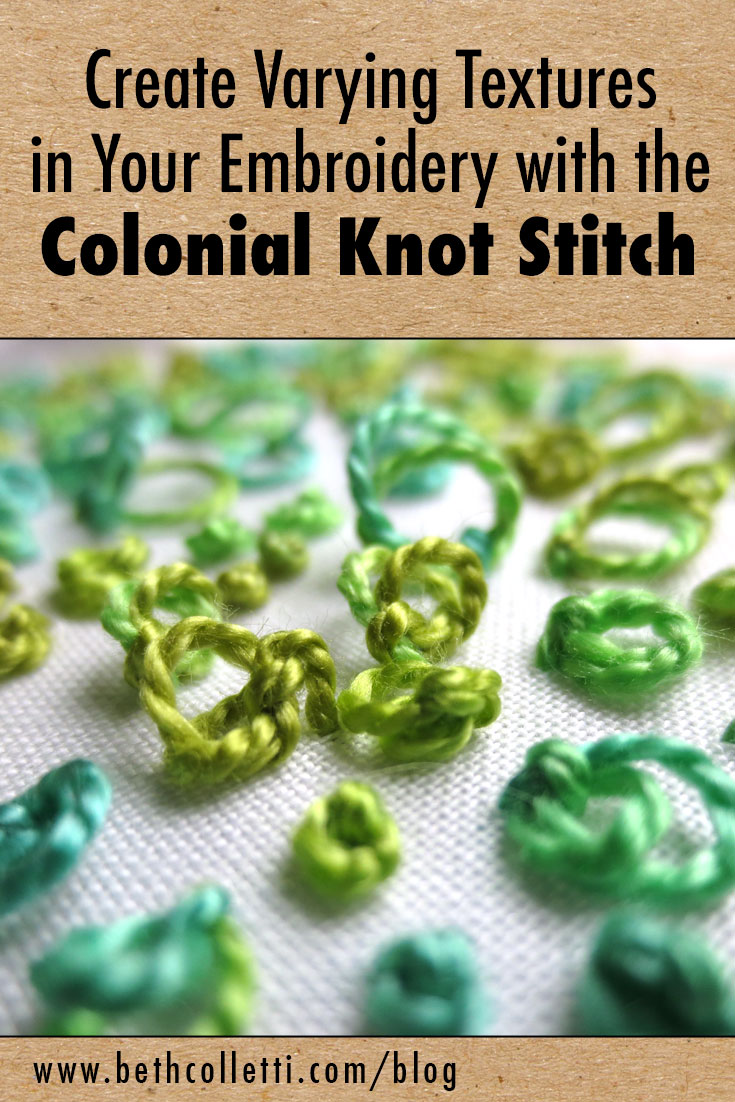One of the questions I’m asked most often on social media is, “What type of fabric do you use with your embroidery?” There are so many different options to choose from so I wanted to break down my favorite fabrics, tips for stitching on them, and a few other mediums that could be fun to embroider!
Read MoreHow Do I Keep Fabric from Slipping in My Embroidery Hoop?
Every now and then I end up with a particularly troublesome embroidery hoop that won’t keep my fabric quite as taut as I’d like it. The issue comes down to there not being enough friction between the hoop and the fabric, which causes slippage while stitching. So how do you remedy this frustrating problem? There’s actually a very quick and easy fix - binding your embroidery hoop.
Read MoreCreate Varying Textures in Your Embroidery with the Colonial Knot Stitch
When it came to stitching knots in my hand embroidery, I used to almost exclusively use the french knot stitch - I loved it! I loved how I could wrap the thread around the needle more times to get a larger knot. I loved the wonderful stubbly texture it created when I filled a shape entirely with knots. And then, I discovered the colonial knot.
Read More6 Hand Embroidery Stitches You Can Use to Fill a Shape
Fill stitches in hand embroidery are simply a way to fill a shape with a certain stitch. The most commonly used and well-known fill stitch is probably the satin stitch, but I’m happy to share that there are so many more options to choose from if you are not a fan of the satin stitch! Read more to download the free pattern in this post and learn how to use some unique fill stitches.
Read MoreHow to Use the Chain Stitch as a Fill Stitch
One of the things I love most about hand embroidery is all the different textures you can create with the same fabric and thread depending on what stitches you use. What’s even more fun is taking a traditional stitch and using it in a new way. Using the chain stitch as a fill stitch rather than an outline stitch is a beautiful way to highlight this stitch’s loopy lines.
Read More




